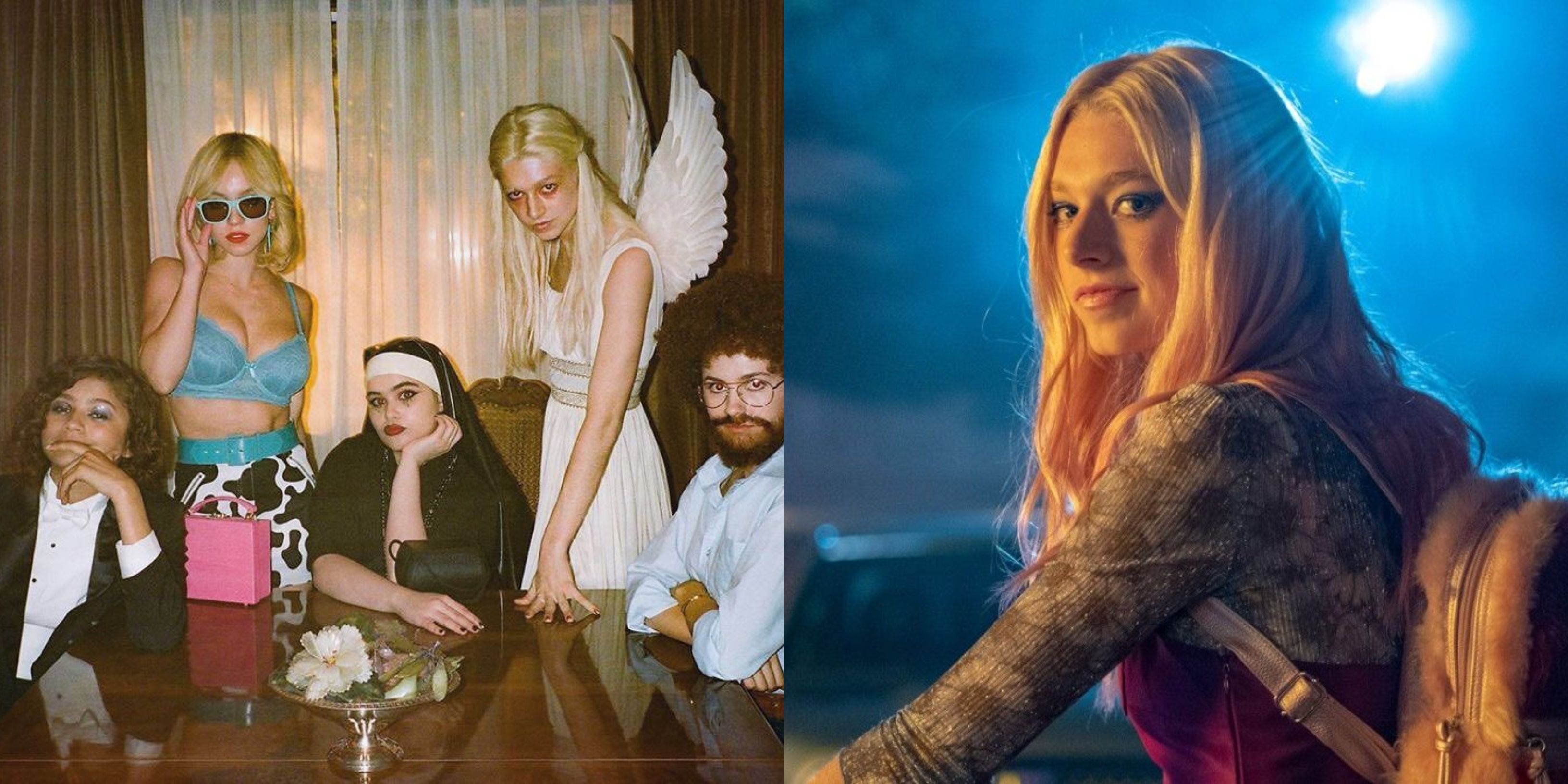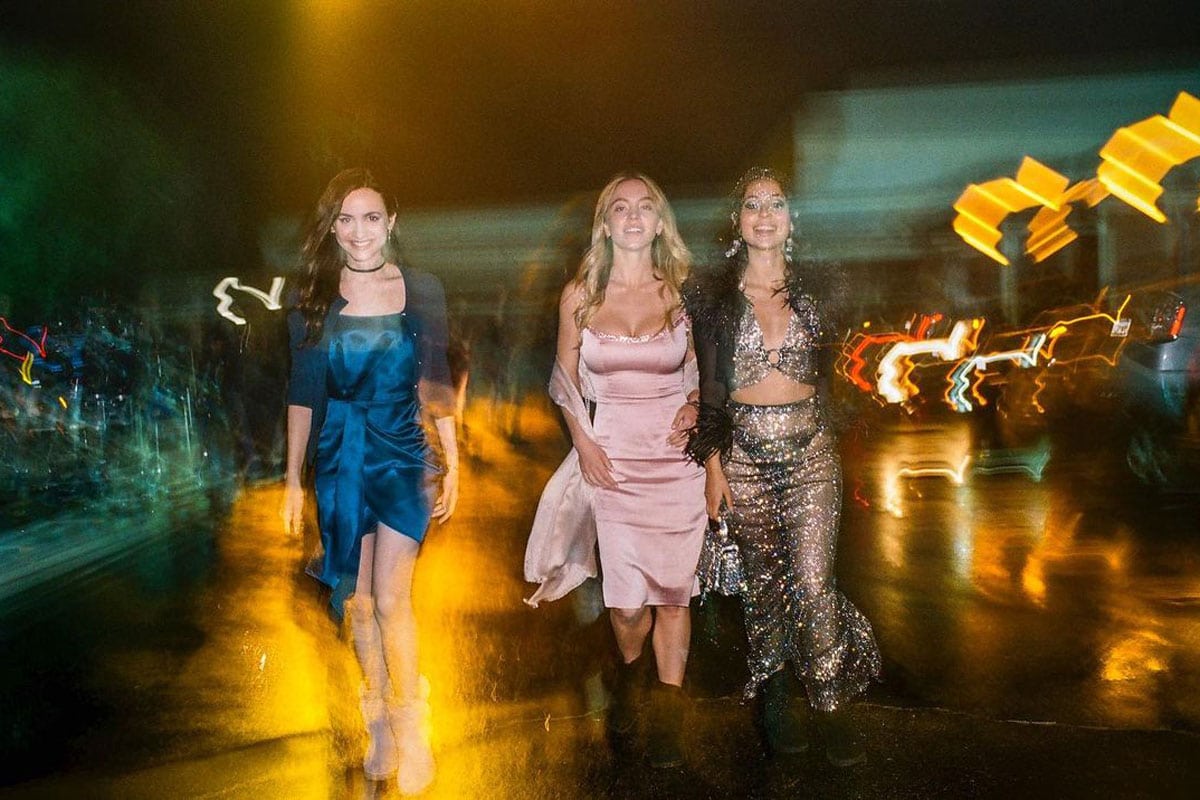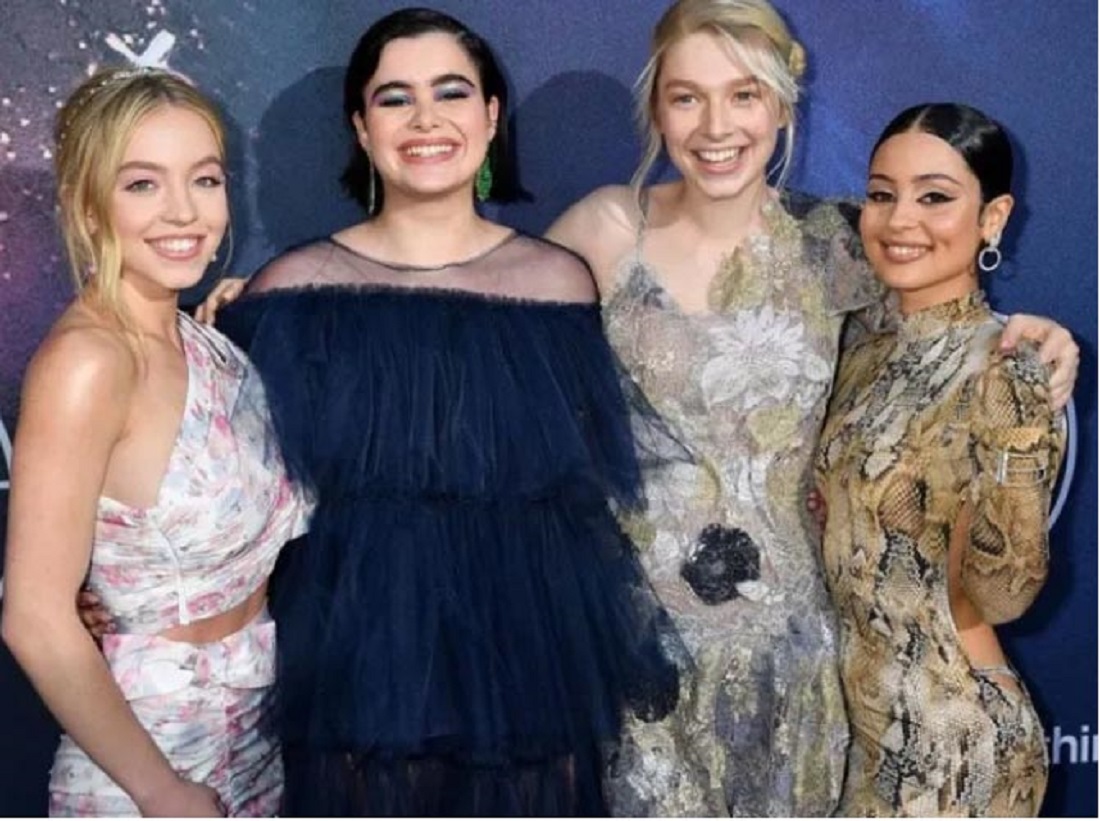
If the journey of Rue’s addiction draws you in, you might turn away when the show becomes preoccupied with Cal’s downward spiral and attempt to reckon with his past (which is fair, does anyone really care about Cal’s storyline?) If you like the hyper-elevated interpersonal dramas of the central girls, when the show steers into much darker subjects you might wish it was a different show, or think it’s tonally inconsistent. Each viewer can latch onto the version of the show they like and rail against it when it becomes a different show. If Euphoria is everything, then it will always be fighting against itself. It’s wacky and insane, it’s serious and emotional, it’s making a statement about drug addiction and abuse, it’s a poppy dream where no one goes to school and everyone wears their most beautiful outfits to chemistry class. Euphoria is every show, not just every high school show, but every style of show. Levinson seems to think that just containing shocking acts gives the show a backbone.Įuphoria’s desire for excess and everything may be what makes it what it is, but if you pay attention you will start to notice the cracks. But just because it can be controversial, it doesn’t mean that the subjects it attempts to shed light on are treated well. Levinson and company seem to think they are exposing a raw truth for the first time, that Euphoria is paving new ground in its daring. It’s not the first high school show to embrace insanity, but it seems to be the first that thinks itself above the format it’s clearly based on. That’s what makes it interesting, but it’s also what makes it weak. But it also has the insanity and plentiful subject matters of Rivderdale and Glee, as well as the attempts at honesty and empathy of Sex Education.Įuphoria wants to be everything all the time. The outrageous plotlines and high octane drama aligns it with the likes of Degrassi or even Secret Life of an American Teenager. But where Euphoria falls in this genre is confusing. The show’s very title- Euphoria-is an argument against embracing joy, that even when things are good it will be fleeting.Įuphoria is just the latest addition to television’s pantheon of shows about high schoolers.


Series writer and creator Sam Levinson has seemingly taken this to the extreme. Your characters need conflict and loss to propel the narrative. In writing there is a lesson you learn early on: you have to be a little cruel to your characters.

Their deeply personal struggles and defined character archetypes are what keep people watching, as viewers sit on the edge of their seats and wait for any of them to experience just one thing that goes right in their lives. The names Rue, Jules, Kat, Cassie, Nate, and Maddie are cemented in the heads of the young people who obsessively watch the show. But despite its stylistic progress, the show is leaving its plot and characters behind. The neon-colorful lights and flipping camera of Season 1 have been replaced by golden spotlights, a grainy filter, and viewing its characters as portraiture. In Season 2, Euphoria wants to develop its style. Swinging cameras, spotlights, fourth wall breaks, a collage of characters and emotions colliding together as Labrinth’s score brings it all together (admittedly, the score and music direction are Euphoria’s best aspects by far).

You cannot change that without asking for a different show entirely. Any argument against its tendency for excess is fundamentally flawed. In the end, that’s the show’s artistic goal and its greatest claim to quality. But could it be called…good?Įuphoria is sold on its style. HBO’s Euphoria could be called all of these things. A daring look at the inner lives of teenagers. A showcase of some of the best young up and coming actors.


 0 kommentar(er)
0 kommentar(er)
